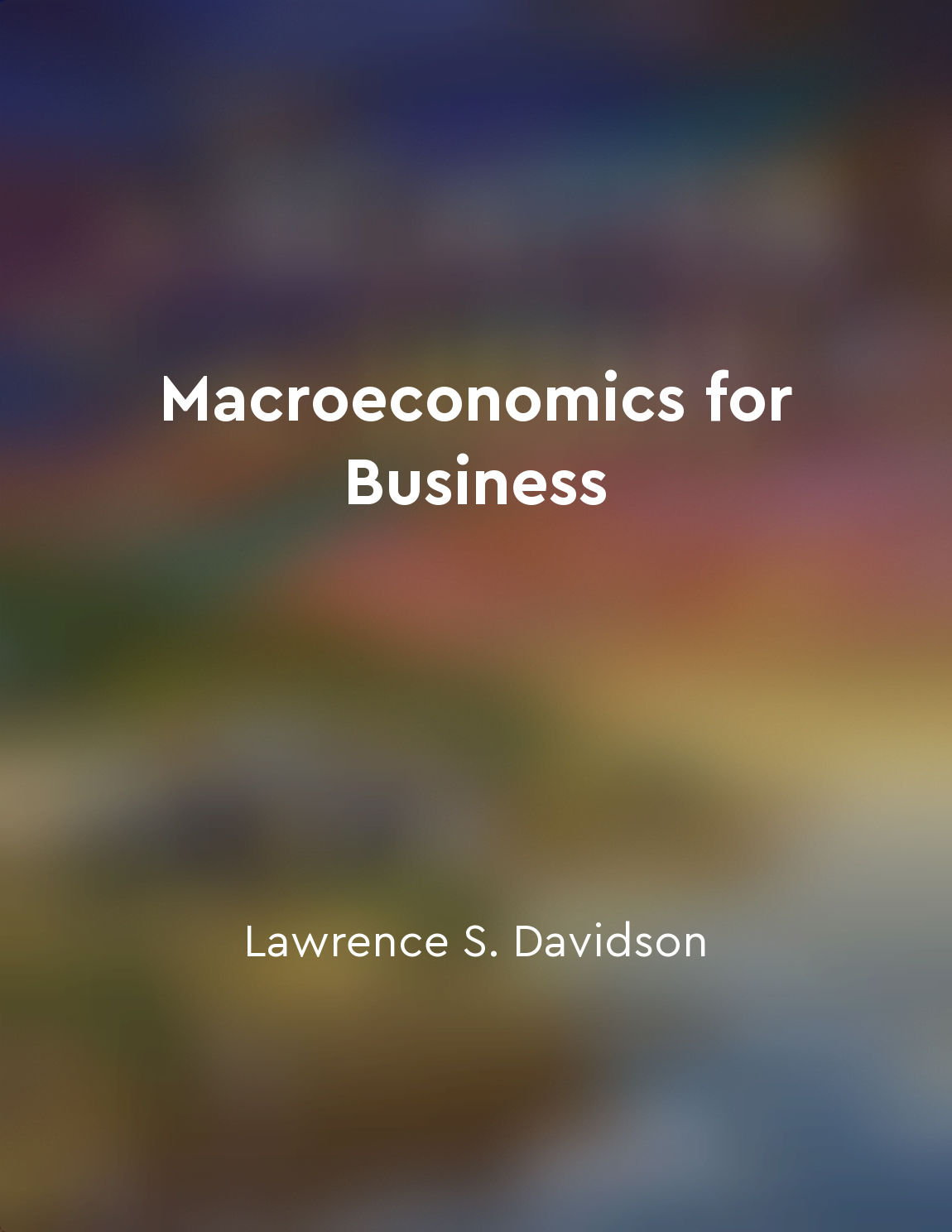Currency pegs can create stability but face challenges from "summary" of International Money and Finance by Michael Melvin
Currency pegs have long been used by countries seeking to stabilize their exchange rates. By fixing their currency to another currency or a basket of currencies, countries aim to create stability and certainty in their exchange rate regime. This can be particularly beneficial for small and open economies that are highly vulnerable to external shocks and fluctuations in international currency markets. While currency pegs can indeed help to create stability, they are not without their challenges. One of the main challenges is the need to maintain the peg in the face of changing economic conditions. In order to keep the peg in place, central banks often have to intervene in the foreign exchange market, buying or selling currencies to ensure that the exchange rate remains within the desired band. This can be a costly and time-consuming process, and can put a strain on the country's foreign exchange reserves. Another challenge of currency pegs is that they can limit a country's ability to pursue an independent monetary policy. When a country fixes its currency to another currency, it essentially imports the monetary policy of the country to which it is pegged. This can be problematic if the two countries have divergent economic conditions, as the pegged country may find itself unable to adjust its interest rates or money supply in response to domestic economic shocks. Furthermore, currency pegs can also be vulnerable to speculative attacks. If investors believe that a country's currency is overvalued or unsustainable, they may try to force a devaluation by selling off the currency en masse. This can put pressure on the central bank to defend the peg, potentially leading to a drain on foreign exchange reserves or even a forced devaluation.- While currency pegs can be a useful tool for creating stability in exchange rates, they are not without their challenges. Maintaining a peg can be costly and restrictive, and can leave a country vulnerable to external shocks and speculative attacks. Countries considering a currency peg must weigh these potential drawbacks against the benefits of stability and certainty in their exchange rate regime.
Similar Posts

Technological advancements impact business productivity
Technological advancements play a crucial role in shaping the productivity of businesses in today's fast-paced economy. As new ...
Financial stability
Financial stability is a precarious state. It is not merely a question of the banks. It is a question of the trade, the industr...
The GDP measures a country's economic output
Gross Domestic Product (GDP) is a key indicator used to measure a country's economic performance. It represents the total value...

International financial markets offer opportunities for diversification
International financial markets provide investors with the opportunity to diversify their portfolios across different countries...

Corporate governance affects decisionmaking
Corporate governance plays a critical role in shaping the decision-making process within a company. The structure and effective...

Scaling debate within Bitcoin community
The debate over how to scale Bitcoin had been simmering for years, but it finally boiled over in 2015. The crux of the issue wa...
GDP measures total income in an economy
GDP, or gross domestic product, is a measure of the total income of everyone in the economy. It is the market value of all fina...
Variations in the money supply can lead to booms and busts in the economy
The relationship between the money supply and economic booms and busts is a crucial aspect of understanding the fluctuations in...
Importance of agriculture in the Indian economy
Agriculture has always been a crucial component of the Indian economy, playing a significant role in the country's overall deve...

